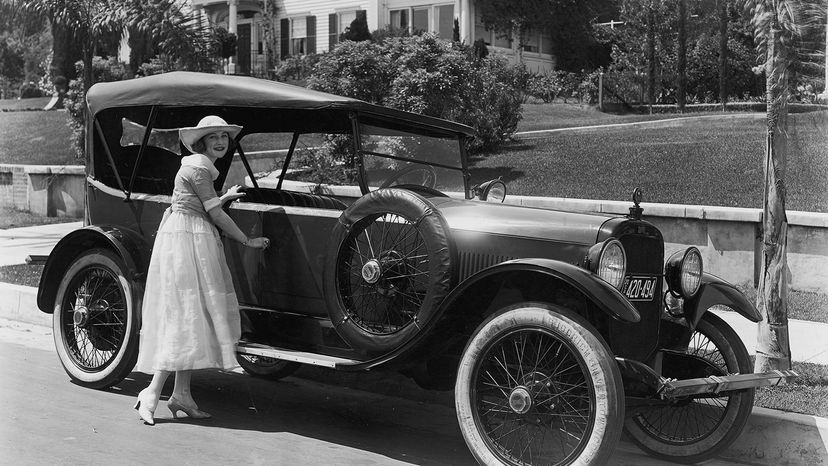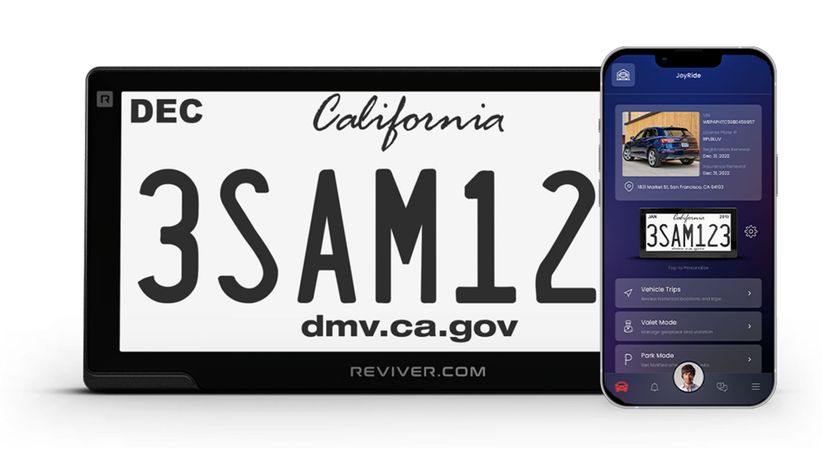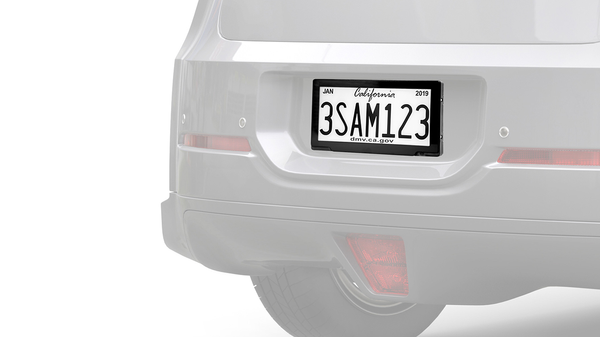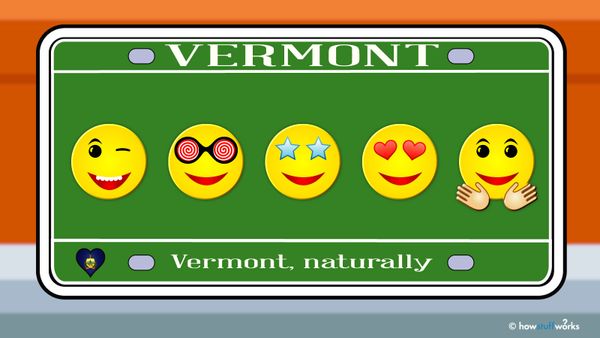
Back in 1900, there were just 4,192 motor vehicles in the U.S. But every year, the number of cars was skyrocketing (by 1908, it would reach 63,500). As automobiles grew in popularity, eventually replacing the horse and buggy, state governments needed a way to keep tabs on vehicles. The simple license plate was the solution, with a few letters and numbers stamped into a thin metal sheet to designate a car to its owner.
"New York became the first state to require owners to register their motor vehicles with the state," says Ian Lang, senior car advice editor at Bumper.com via email. "The New York legislature required vehicle registration on April 25, 1901, followed by California later that year. New York's first plates were homemade, bearing only the owner's initials without any numbers. It was Massachusetts that actually issued its first license plates in 1903."
Advertisement
These were the first instances of car registration in the U.S., but France beat them to the punch, with motor vehicle tags issued as early as 1893. In fact, all the way back in 1783, King Louis XVI mandated that carriage drivers in Paris have metal plates with their names and addresses fixed on their carriages.
"By 1918, license plates had been issued by all 48 contiguous states," says Lang. These plates were made out of either leather or metal and were not very standardized from state to state. "It was common for early plates to have just the state's name or abbreviation, a registration number, and, more often than not, the year."

Initially, license plates were issued to last the life of the vehicle, says Lang, but by the 1920s, registration renewal became a thing. "During this time, states began experimenting with different methods of creating license plates. Typically, the front of the registration card [plate] would have the registration number in large, centered numbers while the back would have the abbreviated name of the state and a two- or four-digit year of validity."
Around the 1950s, license plate size and materials began to be standardized to what we see today. After 1956, all American, as well as Canadian plates measured exactly 6 by 12 inches (15 by 30 centimeters). In 1954, the Vehicle Identification Number (VIN) was also introduced as a reliable method of tying registration documents to a particular car.
Advertisement



